By Heiner Fruehauf
The word 肺, in a more specific reference to the specific function of this organ system, is classified by the component 巿 po (in its seal script form, composed of the pictographic components grass 屮and eight 八), meaning “abundant foliage in the wind” (this is a clear reference to the anatomical appearance of the lung lobes, as well as to traditional descriptions of this organ: Chinese texts describe them as “leaves”; see Shijing: 東門之楊, 其葉肺肺 “The poplars at the Eastern Gate, their leaves flutter lung-like in the wind;” Neijing: 肺熱葉焦 “When the lung is hot, its leaves become charred”); note that the rain forest with its prolific canopy of leaves is considered to be the lung of the earth.
By itself, the word po constitutes the radical for the character 南 nan (South), referring to the ancient (Liji) association of the lung with the element of fire and the direction of South (Liji, chapter 6: 仲夏之月, 御明堂正室, 牲先肺 “During the 2nd month of summer, the emperor rules from the Central Hall inside the Mingtang Building—during sacrificial rituals, the lungs are offered first”), when leaves are in their most abundant stage of growth (Shiming: 夏…氣布散皓皓也 “Summer… is the time when the qi is dispersed abundantly everywhere”).
巿 po, therefore, is 布 bu—to distribute, to dispense widely and broadly (component 八 ba: eight, to divide into pieces, to dispense in portions). This makes the lung the distributor of time (vertical: qi) and space (horizontal: matter). The direction of the dispensation of qi, which etymologically is half matter (steam, rain, water) and half time (12 of the 24 seasonal nodes in the agricultural calendar are called qi—atmospheric influences that occur at a certain time of year), is down and out. It is this function/direction which links the lung most to the image of the Western mountains and the metal element: 故肺象金, 色白也. 鼻為之候何?鼻出入氣, 高而有竅. 山亦有金石累積, 亦有孔穴, 出雲布雨, 以潤天下, 雨則雲消. 鼻能出納氣也 “Lung function is symbolized by the element of metal. It is associated with the color white. Why is its sensory officer the nose? The nose is in charge of exhaling and inhaling qi. It is located in a high place and has holes in it. Similarly, a mountain also has precious stones accumulated inside, has cave openings from which clouds billow and rain gets dispensed (bu 布) to moisten all under Heaven. Once it rains, the clouds disappear. The nose can emit and draw in qi.” (Baihu tong, chapter 30)
Related words:
- 巿 fu: ceremonial sash worn on outside of robes indicating rank市 shi (market); 然, 夫巿者, 迺應水之行也. 故四方人民凡物, 悉流而往聚處. 是故江海, 亦水之王長也. 故凡百川財物, 亦流往聚處也 “A market corresponds to a receptacle that draws the flow of water into it. All people and all things from the four directions flow here. This is the reason why the rivers and oceans of the world are the kings of all waters. All of the world’s waterways and all of the world’s material things, therefore, naturally flow to a gathering place” (Taiping jing, chapter 5)
- 沛 pei:a) quality of water flow in the Yellow River; b) abundant rain; c) description of lake or other body of water that has an abundance of leafy water plants growing in it.
- 霈 pei: torrential rain
- 布 bu (to dispense; to cover; cloth): 布 is made by 經緯 jingwei (horizontal and vertical threads in weaving); establishing method of intersecting threads to weave cloth and clothes, and in a more cosmological sense unfurl the realm of three-dimensional time and space. Bu布can be used interchangeably with po巿 (i.e., chapter 21 of Huainanzi)
- 膚 fu (skin): “Fu (skin) means 布 bu (to unfurl and wrap, to cover)” (Shiming).
- 敷 fu (to spread out, to unfold; to cover tightly): 肺之言敷也 “The lung is the organ that spreads out (qi) and wraps it around tightly” (Yupian)
- 傅 fu: variation of 敷fu; used prominently in the defining Neijing phrase 肺者相傅之官 “The lung assumes the office of imperial advisor among the organ systems” (Huangdi neijing, chapter 8)
- 費 fei (to expend, to spread out): 肺之為言費也 “The lung (fei肺) is the organ that disperses material goods (fei費).” (Baihu tong, chapter 30); 費, 散財用也. “Fei費means to dispense material goods” (Shuowen jiezi)
- 㪍 bo (vigorous): 肺, 㪍也. 言其氣㪍鬱 也 “Lung means vigorous, meaning that its qi is strong and dense”(Shiming, chapter 1)
- 氣 qi (energy, breath, steam, pressure), 鬱 yu (dense, pressurized, steamy, aromatic): 肺, __ 也, 言其氣鬱也 “The lung is an organ that [missing word from original text], which means that its qi is [missing word from original text] pressurized and aromatic like deep inside a dense rainforest” (Erya); 鬱、氣也 “Yu (dense, compressed) means qi (energy, breath, aroma)” (Erya); 鬱, 木叢生也 “Yu describes plants/trees growing in a dense thicket” (Shuowen jiezi). In the oracle bone pictograms, the character yu originally depicts a person standing/sitting on another’s back in the middle of a forest, or below vegetation, reflecting the following word field: to sit on, to keep a lid on, to stifle, to repress, to de-press, to suppress, to squash, to stagnate, to impinge, to clamp down, to cover up, to squelch, to muffle, to smother, to suffocate, to asphyxiate. Outgoing distributing function, in essence, requires prior pressurization: the healthy lung is called the master of qi, which means that it must be properly pressurized to expand its nourishing and protective influence to the body’s skin/surface, to the voice, etc. Qi, the breath of nature, is densest inside a thick forest, where an accumulation of bio-diversity provides the richest qi or “pressure of life.” Translating the words qi/yu from the perspective of their pathological aspect of meaning, they reflect that all feelings of claustrophobia, shortness of breath, or of being stifled/smothered/depressed belong to the lung. Here is a classic example of the type of stagnation pathology expressed by the term yu:凡人三百六十節, 九竅五藏六府. 肌膚欲其比也, 血脈欲其通也, 筋骨欲其固也, 心志欲其和也, 精氣欲其行也, 若此則病無所居而惡無由生矣. 病之留、惡之生也, 精氣鬱也. 故水鬱則為污, 樹鬱則為蠹, 草鬱則為 (蕢) (菑) . 國亦有鬱. (生)(主) 德不通, 民欲不達, 此國之鬱也. 國(之) 鬱處久, 則百惡並起, 而萬災叢 (至)(生) 矣 “All humans have 360 points where macrocosm and microcosm intersect (the acupuncture points), as well as 9 orifices, 5 zang organ systems, and 6 fu organ systems. Their skin and connective tissue desire to be matched to each other, their blood vessels desire to be open, their sinews and bones desire to be firm, their hearts and minds desire to be in harmony, and their essence qi desires to be in a state of perpetual movement. If these are all so, then disease can’t take up residence and no evil will have a chance to arise. If disease influences are allowed to linger, evils will arise, and healing essence qi will stagnate (yu). If water stagnates (yu), it will become foul. If trees grow too densely (yu), they will be afflicted by pests. If weeds grow too densely (yu), they will wither. Stagnation (yu) can also exist inside a country. If the ruler’s virtue is not in a state of alignment and the people’s desires are not appropriate, stagnation (yu) will arise within that country. If a country’s stagnation goes on for a long time, all kinds of evils will appear, and natural calamities will abound everywhere.” (Lüshi chunqiu, chapter 20) The close association of the words qi/yu with the character for lung, therefore, reflects that depression is a phenomenon that first and foremost needs to be treated by focusing on the lung–therefore the chapter on the mental disease baihe bing, lily disease, in Zhang Zhongjing’s Jingui yaolüe).
The character for lung, therefore, reflects a primary association with the element wood, and secondarily with the element fire. The character fei reflects the metal element only indirectly (the distributing action of the lung, for instance, is compared to a mountain dispensing clouds and rain)—it is the built-in counter-momentum in early spring (1st month of spring is month associated with lung) that keeps the expanding life force controlled and “under wraps,” so that it does not chaotically and destructively explode into the world. The enigmatic Neijing definition that the lung is the “Major Yin within yang” thus can be interpreted as the lung exercising a systemic controlling action (yin) that keeps its overall expansive momentum (yang) under control by keeping it compressed inside—in other words, the lung is not solely the metal organ, but metal within wood.
© 2009 Heiner Fruehauf
To view the related, in-depth study of Lung function, Etymological Analysis of the Defining Quote on the Lung Official in Chapter Eight of the Huangdi neijing suwen (肺者, 相傅之官, 治節出焉), we encourage you to become a member at ClassicalChineseMedicine.org. Please support our efforts to preserve and share this material with others.
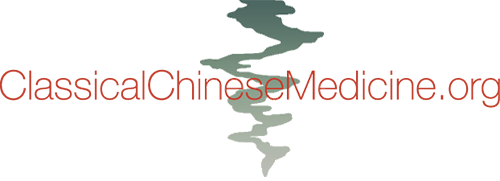
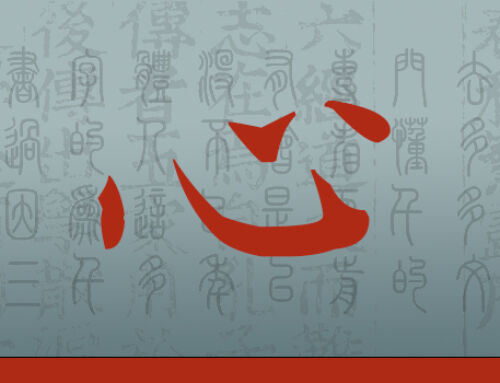

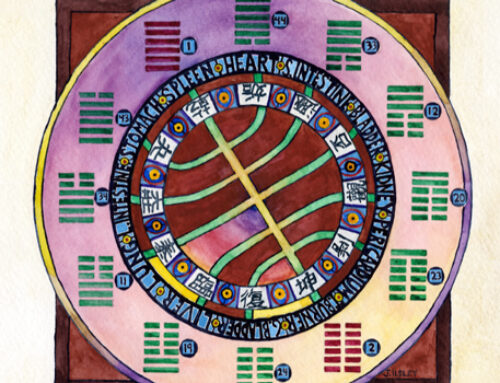


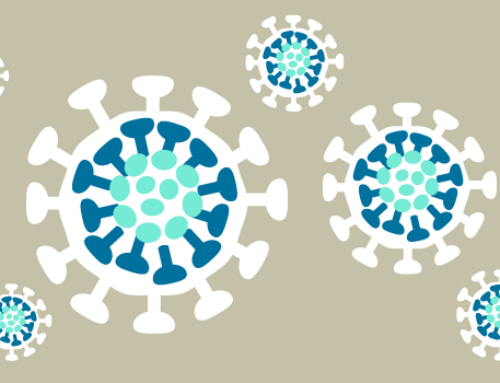
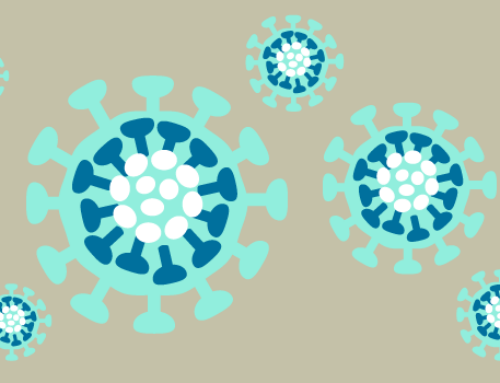

Leave A Comment
You must be logged in to post a comment.